Hey there! If you’re reading this, you’re probably tired of spending money on ads that don’t bring in quality leads. Trust me, I get it.
The good news? Lead generation advertising has gotten so much better in 2025. We’ve got smarter platforms, better targeting, and some amazing new features that can seriously boost your results.
Let me walk you through everything you need to know to create lead gen ads that actually convert. No fluff, just the stuff that works.
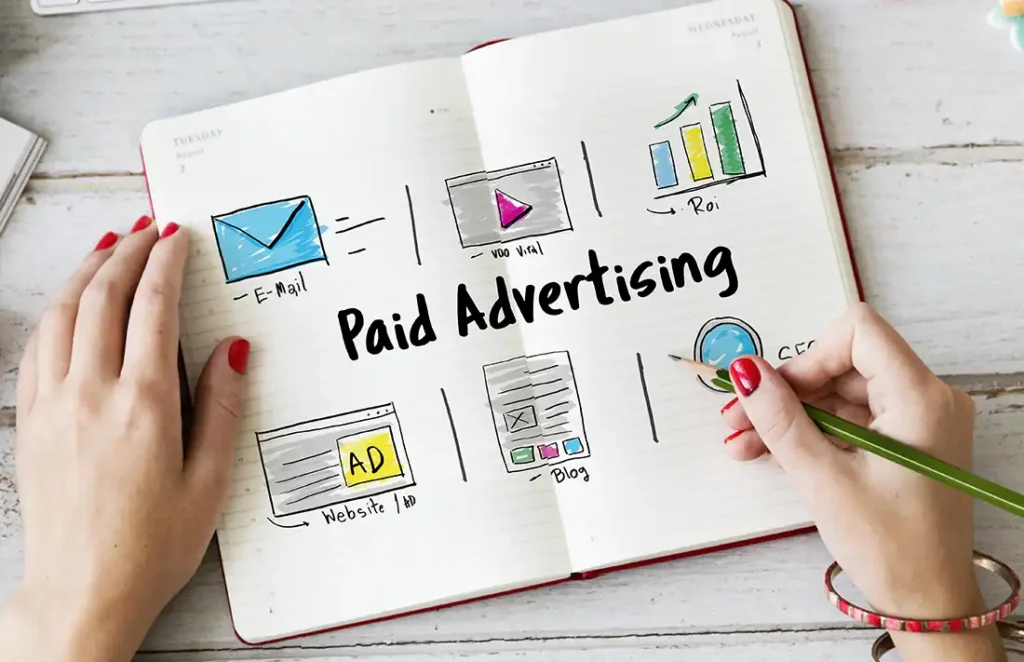
Think of lead generation ads as your digital business card that works 24/7. Instead of just getting clicks to your website, these ads capture potential customers’ contact information right on the spot.
Here’s how they work: Someone sees your ad, gets interested, and fills out a form without even leaving the platform they’re on. Pretty sweet, right?
The best part? All major platforms now pre-fill these forms with user information. So instead of typing out their name and email, people just hit “submit” and boom – you’ve got a new lead.
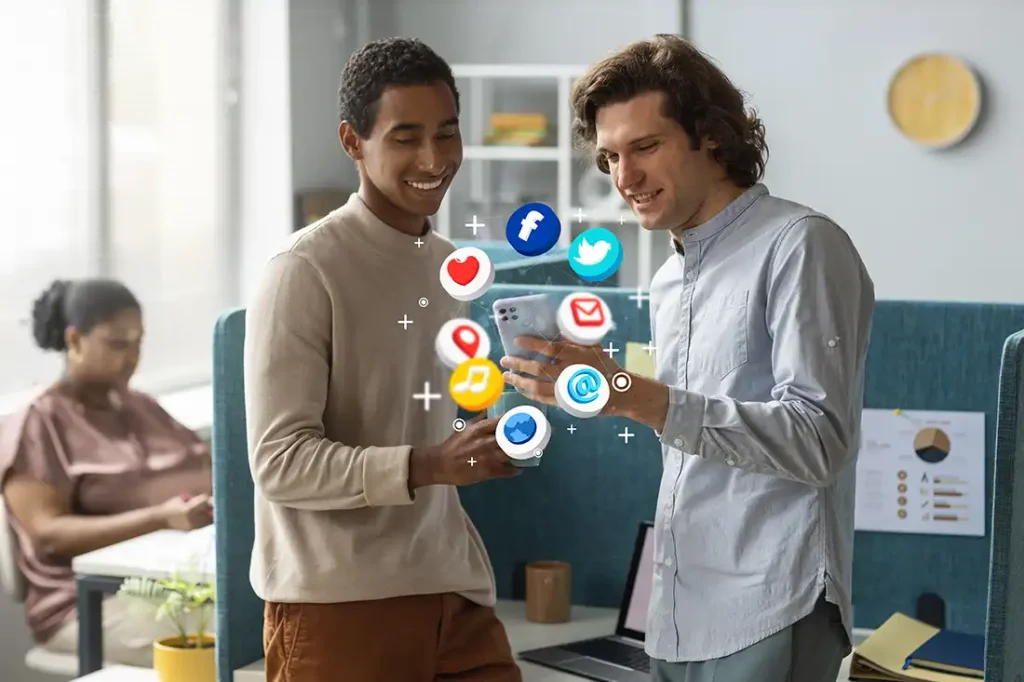
Google completely revamped their lead generation game in 2025. They’re calling them “Lead Form Assets” now, and honestly, they’re crushing it.
What makes them special:
Here’s what’s working right now: The average cost per lead on Google Ads is $70.11, with conversion rates averaging 7.52%. But here’s the kicker – 90% of businesses using these new lead forms are beating their target costs.
Pro tip: If you’re in automotive or food service, you’re looking at around $28-30 per lead. Legal services? Expect $130+ per lead, but the lifetime value usually makes it worth it.
Meta’s AI tools in 2025 are honestly a bit scary in the best way possible. Their new Advantage Plus features can automatically improve your images, create backgrounds, and even optimize when your ads show up.
The numbers don’t lie: Facebook’s average cost per lead is just $21.98 – way cheaper than Google. Plus, conversion rates hit 8.78% in 2024, up from 8.25% the year before.
What’s new and exciting:
Reality check: While Meta’s AI finds more leads, make sure you’re tracking quality, not just quantity. I’ve seen campaigns generate tons of leads that don’t actually convert to sales.
If you’re targeting other businesses, LinkedIn is where it’s at. They’re generating 80% of all B2B social media leads, and their lead gen forms are converting at 13% – that’s five times the industry average.
What makes LinkedIn special:
The investment: LinkedIn costs more upfront ($50-350 per lead), but B2B marketers consistently tell me the lead quality is worth every penny.
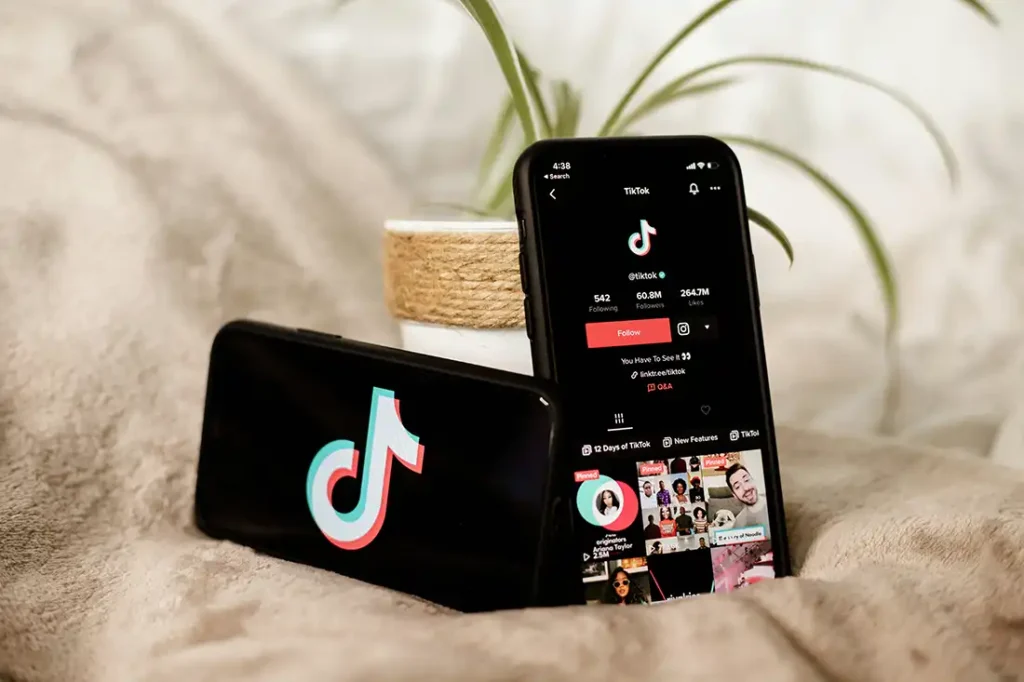
TikTok lead generation ads are no joke. I know what you’re thinking – “TikTok is just for dancing videos.” Not anymore.
Nina Ricci ran a campaign that got a 41.85% conversion rate. Toyota reduced their cost per acquisition by 38%. These aren’t flukes – TikTok’s lead forms are legitimately 24% cheaper than other platforms on average.
Why TikTok works so well:
YouTube is crushing it too. Their lead forms are 29% cheaper than search ads and boosting overall campaign performance by 204%. If you’re not testing video lead gen in 2025, you’re missing out.

Forget the corporate speak. In 2025, authenticity wins every time. Use “you” and “I” instead of “our customers” and “businesses.”
Ask questions that get people nodding along: “Struggling to get qualified leads?” “Tired of wasting money on ads that don’t work?”
Keep it simple: Aim for 13 words or less in most of your sentences. Remember, people’s attention spans are down to 8 seconds, so every word counts.
Here’s a stat that’ll blow your mind: 64% of all internet traffic comes from mobile devices. But desktop users still convert 1.7 times better than mobile users.
What this means for you:
You’ve got about 8 seconds to grab attention. Use power words like “discover,” “unlock,” or “boost” in your headlines.
Try these formulas:
Test everything. Create at least 20 headline variations and let the data tell you what works.
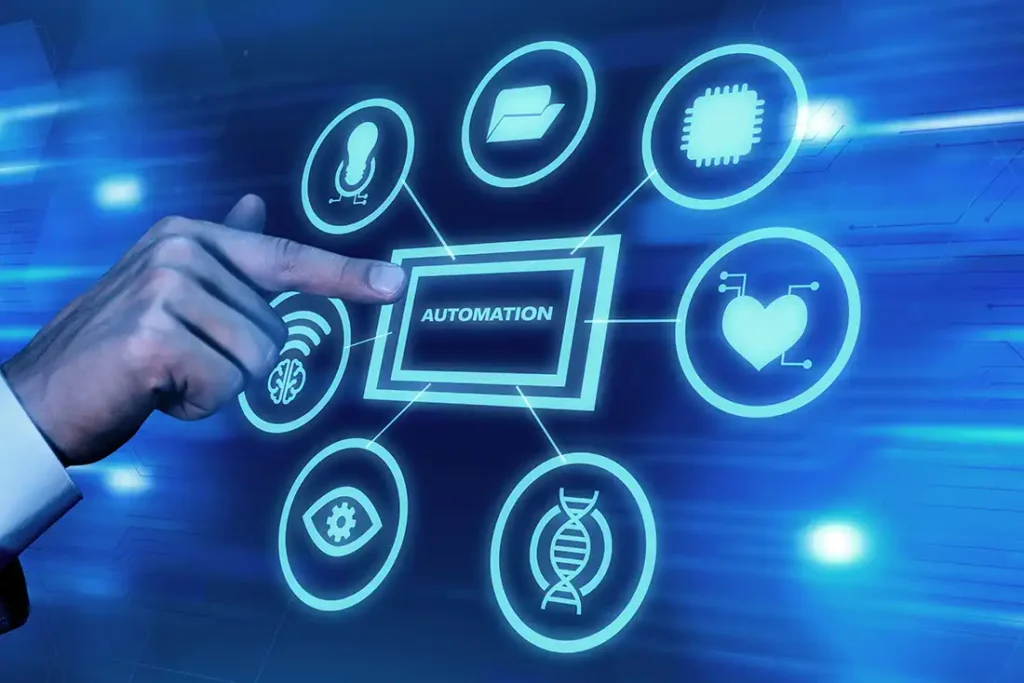
The days of manually downloading CSV files are over. Every major CRM now connects directly to ad platforms with real-time sync.
HubSpot users: You’ve got 1,800+ integrations available. Set up webhooks so leads flow automatically from your ads to your CRM to your sales team.
Salesforce fans: Einstein AI can now predict which leads are most likely to convert with 96% accuracy. Let it score your leads automatically.
Using something else? Zapier and Make.com can connect almost any CRM to any ad platform. No coding required.
Machine learning isn’t just a buzzword anymore – it’s delivering real results. Companies using AI lead scoring are seeing 50% better qualification rates.
What AI can do for you right now:
Case study that’ll make you jealous: Wrike saw a 496% increase in pipeline generation and 454% boost in bookings after implementing AI chatbots. Their ROI? 15x.
Speed kills in lead generation – the good kind of kills. Companies that respond within 5 minutes are 9 times more likely to convert leads.
Here’s your action plan:
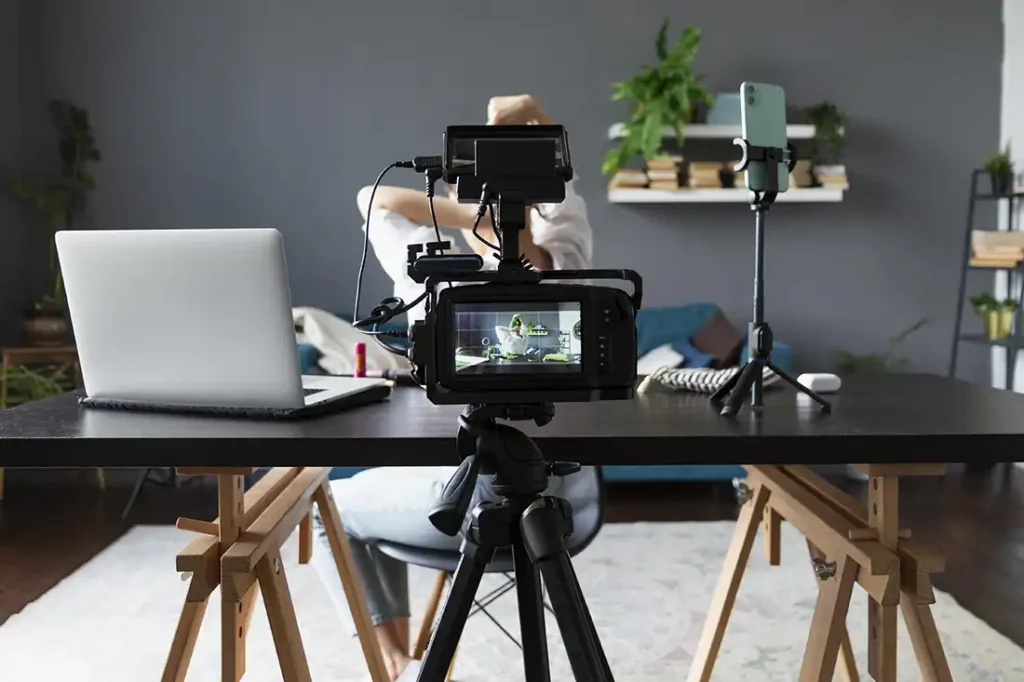
87% of marketers say video content directly increased their lead generation. Short-form videos especially are crushing it – they get 1,200% more shares than text and images combined.
Don’t panic if you hate being on camera. Screen recordings, simple animations, and even talking over product shots work great.
With privacy changes and cookie deprecation, the companies winning are those collecting their own data. Build your email list like your business depends on it (because it does).
Smart strategies:
Don’t put all your eggs in one platform’s basket. Algorithm changes can tank your results overnight.
The winning approach: Test TikTok and YouTube alongside your Facebook and Google campaigns. Spread your risk and find new pockets of cheap traffic.

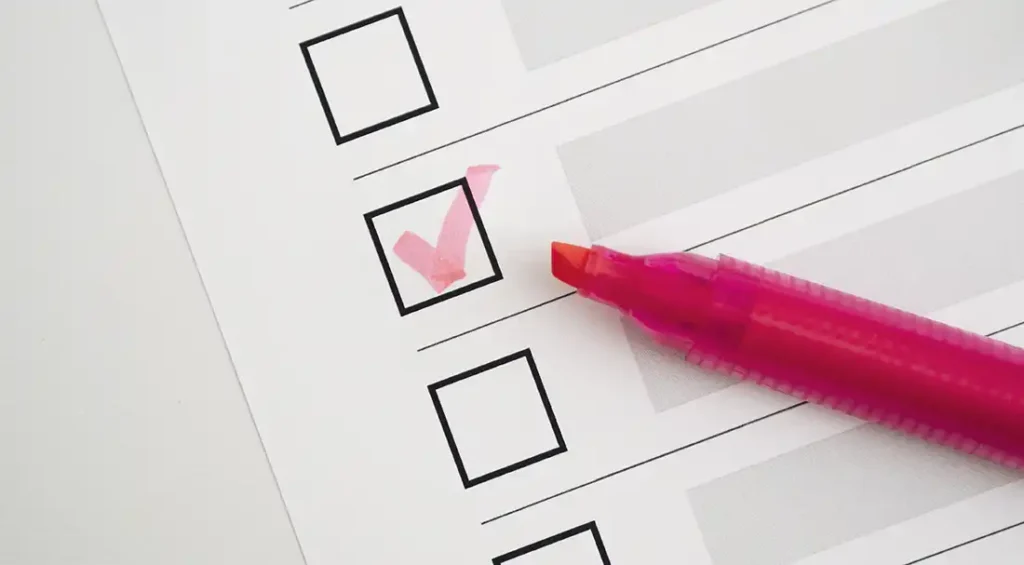
Lead generation advertising in 2025 gives you opportunities that didn’t exist even two years ago. The platforms are smarter, the tools are more powerful, and the data is more actionable than ever.
But here’s what separates winners from everyone else – it’s not about having access to better tools. It’s about using them consistently and measuring what actually matters for your business.
The companies crushing it right now aren’t doing anything magical. They’re testing these new features, responding fast to leads, and scaling what works. Meanwhile, most of their competition is still running campaigns like it’s 2020.
That’s your opportunity.
Start with one platform and master it before moving to others. Set up proper CRM integration so leads flow automatically. Create simple follow-up sequences that start immediately. Test video content even if you think you hate being on camera.
Most importantly, remember that lead generation is just the beginning. The real money is in how quickly and effectively you follow up with those leads.
Your potential customers are out there searching, scrolling, and engaging right now. They’re ready to share their contact information with the right business that offers the right solution at the right time.
Make sure that business is yours.
TikTok currently offers the lowest costs (24% cheaper than average), followed by Facebook at $22 per lead. Google averages $70 per lead but often delivers higher quality.
Keep it to 3-5 fields maximum on mobile. More fields = lower conversion rates. You can always gather more info later through email follow-ups.
LinkedIn hands down. It generates 80% of B2B social media leads with 13% conversion rates. Yes, it costs more ($50-350 per lead), but the quality and targeting make it worth it.
Within 5 minutes if possible. Companies that respond this fast are 9 times more likely to convert leads. Set up instant notifications and automated responses.
Track lead-to-sale conversion rates, not just cost per lead. A $100 lead that converts 20% of the time is better than a $20 lead that converts 2% of the time.
Not connecting their CRM properly and responding too slowly. Great ads are worthless if you can’t follow up effectively.
